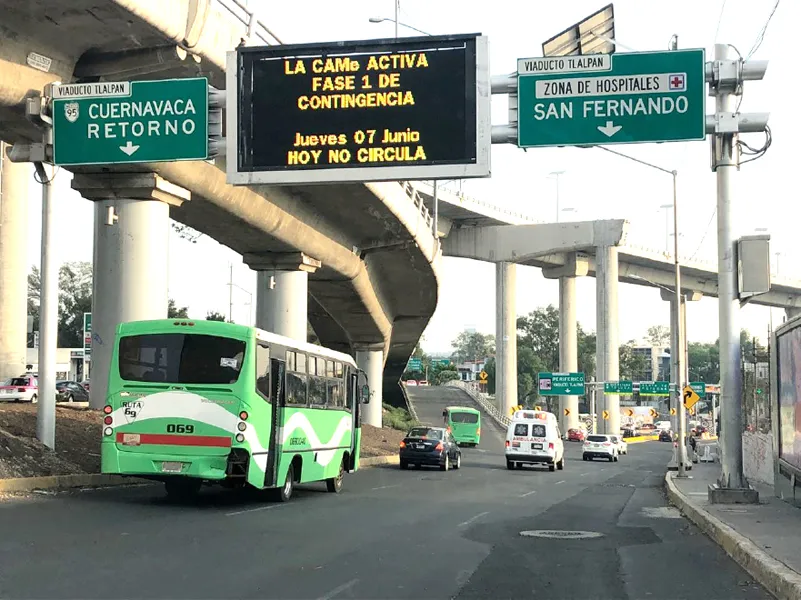Arizona Department of Transportation (ADOT) is installing new in-road sensors along the state’s freeways to monitor traffic flow in an effort to reduce congestion. The sensors provide the data used to estimate the travel times that that are displayed on message boards above freeways. The data also helps ADOT and the Maricopa Association of Governments, the regional transportation-planning agency make decisions about future freeway improvements. Using electronic wires embedded in the road, the sensors have b
May 19, 2017
Read time: 1 min
The sensors provide the data used to estimate the travel times that that are displayed on message boards above freeways. The data also helps ADOT and the Maricopa Association of Governments, the regional transportation-planning agency make decisions about future freeway improvements.
Using electronic wires embedded in the road, the sensors have been used along many Valley freeways for years. The current project is installing additional in-pavement sensors as a more reliable replacement for acoustic devices that are mounted on poles.
When the sensor-installation project is completed, more than 85 locations on Phoenix-area freeways will have new traffic-flow sensors.








